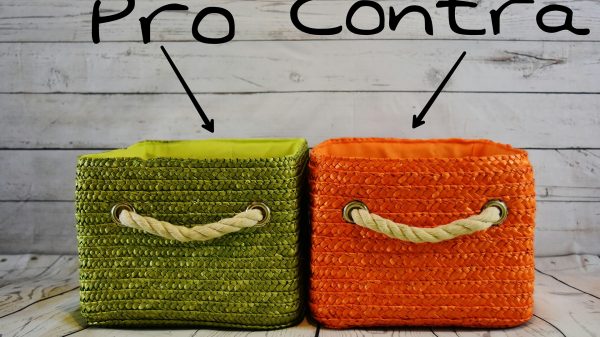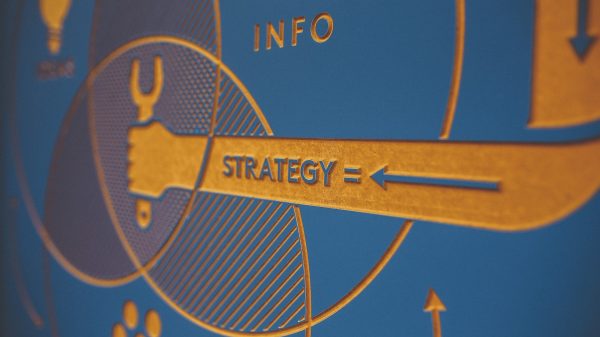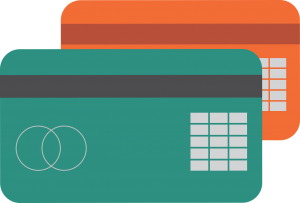Credit represents an agreement between the borrower and the lender. The borrower is given a certain value, with the obligation to repay the same later on. Most forms of credit bear interest, and you are charged accordingly. There are different types of credit offered by banks and other lenders. The credit can differ in terms of its purpose (personal loan, credit card, mortgage), the way it functions (revolving or non-revolving), payment structure, and the need for collateral.
Credit cards
A credit card is one of the most used forms of credit. This form of credit offers the convenience for users to borrow money from their bank or a credit card issuer. Credit cards can be used for purchases and withdrawals of cash, and there are different types of credit cards available depending on the purpose or the issuer. This form of credit is also called revolving credit because of how the available credit is repaid and reused.
Bank loans
Loans are another form of credit available for customers. This form of credit can be in the form of a loan repaid through monthly installments for a pre-defined time frame. The specific credit type is not revolving because the repayment of principal is final and cannot be reused, as is the case with credit cards. For a new credit limit to be available, you should go through the application process and get approved again. There are different types of loans, depending on the purpose they are used for (mortgage, car loan, etc.), the need for collateral, the target customer group, etc.
Overdrafts
Overdrafts are a form of credit that allows you to withdraw money even when your account balance is zero. The bank defines the overdraft limit based on your account history, income, spending habits, and needs.
Higher purchase loans
A higher purchase loan is a form of credit that is aimed at the possibility of purchasing goods. In accordance with this type of credit agreement, the purchased good will be owned by the borrower once the purchase amount is paid back. In case you have late payments, creditors can ask for the goods back.
Secured credit
This credit is a form of credit backed by some form of collateral. The type of collateral needed, to some extent, depends on the type of loan. For instance, a mortgage loan is commonly guaranteed by the property purchased or some other property. A car loan can be backed with the car purchased. In case the borrower is not servicing its credit regularly, creditors can take possession of the collateral.
Unsecured credit
Unsecured credit is the opposite of secured credit, which means that with unsecure credit, you don’t need collateral. Stated differently, unsecured credit is not guaranteed by collateral. In case of borrowers default, the credit will not be paid back.
Non-revolving credit
This form of a line of credit is usually referred to as installment credit. With this type of credit, you should pay a fixed monthly payment. The payment is made until the principal amount is paid in full. An example of a non-revolving or installment credit is a mortgage. You cannot reuse the fund over and over again. Once you make the payment, the principal amount is reduced.
Revolving credit
As has been mention, credit cards one of the best representatives of revolving credit. Having a revolving credit means that you have a certain amount of credit limit available. You can access these funds whenever you want and use them over and over again. You are obliged to pay the minimum amount on your outstanding balance defined each month.
Service credit
A type of credit where the outstanding balance should be fully repaid at the end of the month. With this type of credit, your debt is not transferred to the next month. In addition, the outstanding balance is not repaid through installments. Some examples of service credit are cell phone accounts, utilities, or charge cards. In most cases, this form of credit is not recorded on your credit report.
Short-term credit
A payday loan can be a good example of short-term credit. This form of credit is secured against your next paycheck. The downside of short-term credit is that it is a relatively expensive form of credit. Interest rates on short-term credit can be up to a couple of hundred percent.
Understanding the different types of credit available will ensure that you will choose the most adequate one for your needs. In addition, having different types of credit accounts on your credit report is demanded by the lenders. It shows that you can cope with different accounts and manage your finances accordingly. The different types of credit you have are capturing 10% of your credit score. Consequently, you should try to have various credit accounts in your payment history.






